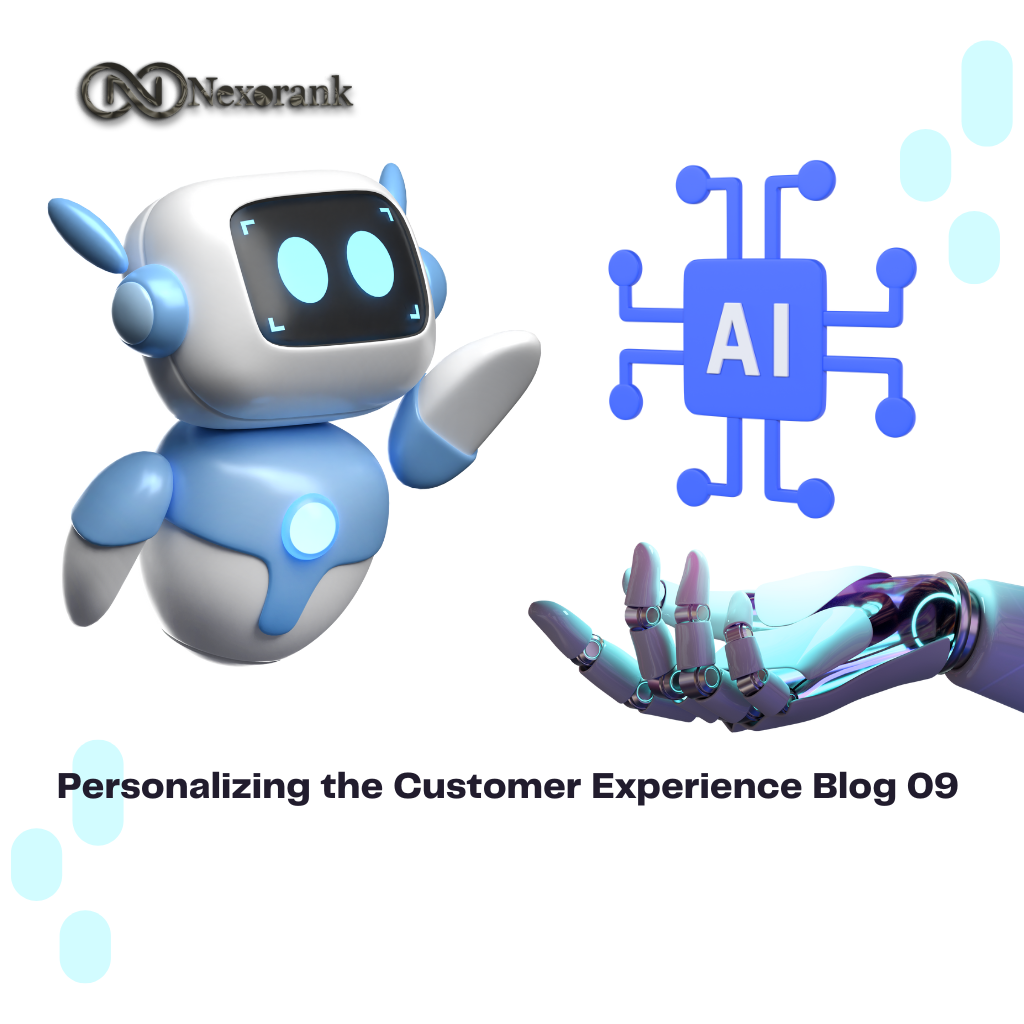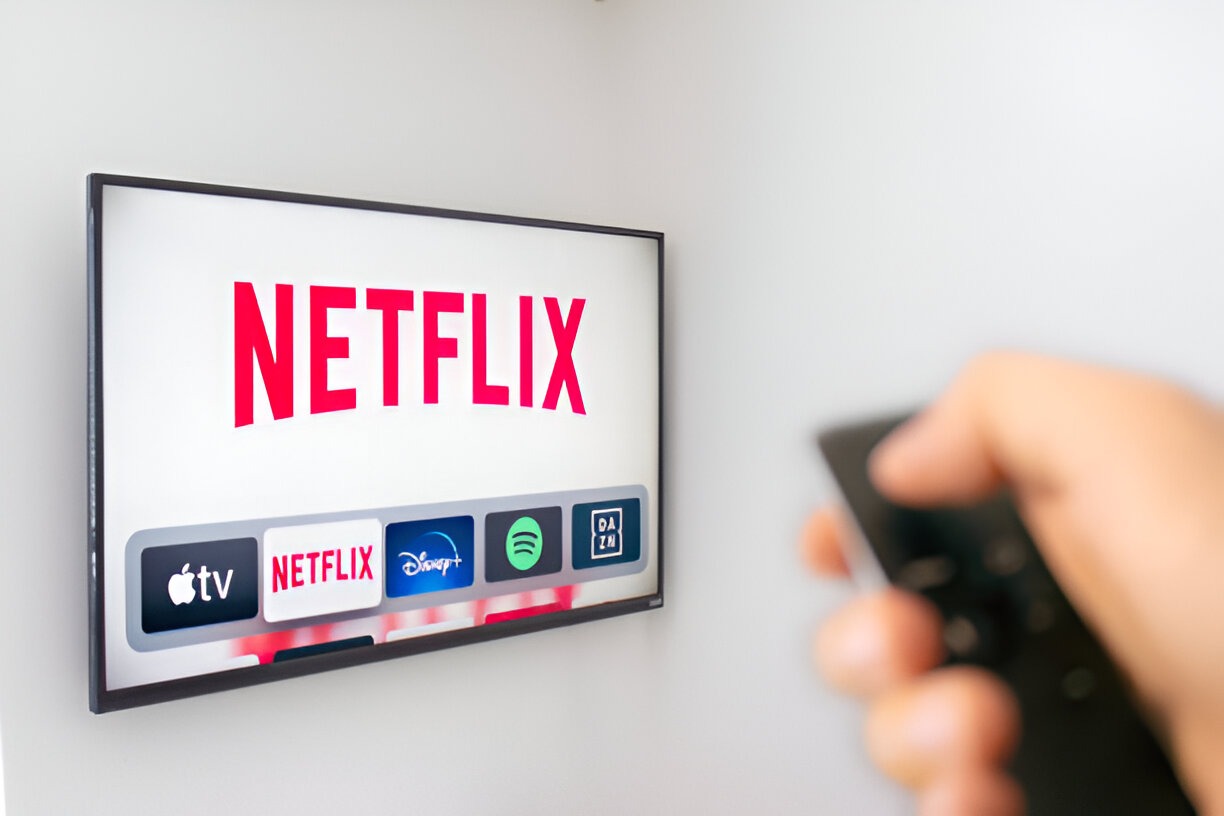Personalizing the customer experience has become a cornerstone of modern marketing strategies, and AI is at the forefront of this evolution. Through sophisticated algorithms and data analysis, AI enables businesses to create and distribute content tailored to the unique preferences and behaviors of individual customers. By leveraging AI-driven insights, companies can craft compelling narratives, recommend products or services, and deliver targeted messages across various channels. This personalized approach enhances customer engagement, fosters loyalty, and drives conversions. From personalized emails to customized social media ads, AI empowers marketers to connect with their audience on a deeper level, ultimately leading to more meaningful interactions and long-term relationships.
Personalizing the Customer Experience: Leveraging AI in Content
Personalization is no longer just a nice-to-have in marketing – it’s a must-have. Customers expect and demand personalized experiences that reflect their individual needs and interests. And AI makes delivering personalized marketing at scale possible.
With troves of customer data and advanced analytics capabilities, AI empowers marketers to understand audiences on an individual level. This unlocks the ability to tailor content, product recommendations, offers, and messaging for each and every customer.
The results of personalization powered by AI speak for themselves. Personalized emails generate 50% higher open rates. Personalized web experiences can lift sales by 14%. And a recent study from SmarterHQ found that 72% of consumers say they only engage with marketing content that’s tailored to their specific interests.
The key to developing personalized experiences starts with the data.
AI tools can help collect and make sense of all this customer data to enable personalization. Some examples of these tools include:
- AI-powered web analytics like Google Analytics to track website interactions.
- Social listening tools like Meltwater that use AI to gather real-time social data.
- AI CRM platforms like HubSpot that create unified customer profiles.
Once data is collected, various AI tools can be used to analyze it to uncover actionable insights. For example, machine learning detects patterns in sales data to predict future
customer needs.
Natural language processing analyzes open-ended survey responses. AI segmentation identifies groups of customers with common attributes, and AI also predicts each individual’s preferences and interests based on behaviors. With AI handling time-consuming data tasks like these examples, marketers can focus their efforts on higher-level strategic work rather than tedious data processing. The power of AI to efficiently analyze large datasets in this way frees up valuable time for strategizing how to best meet customer needs into the future.
Leveraging AI also enables in-depth analysis of customer data to derive actionable insights for personalization. Machine learning can be implemented to power product recommendation engines that learn from behavioral data such as browsing patterns and purchase histories. These engines then surface personalized product suggestions for each customer, similar to how Amazon or Netflix tailor recommendations. Natural language processing is also useful for analyzing open-ended survey responses in order to detect underlying themes, trends, and specific mentions of products or features, yielding direct customer feedback.
Late.ly CEO Kate Bradley Chernis explains:
One of the great things about AI is that it’s able to understand more personalized content and to generate the content for you, if, in fact, it’s also able to have access to analytics and data to show what has worked for you previously and what can work for you in the future. It’ll start to take those results and learn from them and predict that the more and more it generates content from you. So one of the key kind of components you want in the AI, and you should be shopping for it, for example, is to look for what we call a continuous performance learning loop. So it’s the ability for the AI to access relevant data that’s all about you to customize the content that it’s generating for you based on what it’s learning from that data.
Additionally, AI-powered algorithms can create micro-segments of the customer base by grouping individuals with similar attributes like demographics, interests, and behaviors. This targeting approach helps identify segments ideal for certain marketing campaigns. Predictive analytics can also be applied to past customer interactions and responses to forecast preferences and likelihood of engagement on an individual level. By analyzing historical data for each person, predictive models profile interests and future needs. The deep insights uncovered through these AI applications empower marketers to engage customers in highly relevant and individualized ways. With the right algorithms and access to data, AI provides an in-depth understanding of customers at scale.
Once marketers have the customer insights from AI-enabled data analysis, the next step is activating personalized experiences across touchpoints.
Here are key ways to activate personalization powered by AI:
- Website personalization: Tailor website content, navigation, promotions in real-time based on identified visitor interests and preferences. For example, Cisco tailors the content and offers shown to site visitors based on their industry and past engagement.
- Email personalization: Customize email content, offers, and timing based on user engagement data. HubSpot customers can easily create customized email campaigns for each subscriber segment based on attributes like role, industry, and engagement.
- Individualized recommendations: Surface product and content suggestions unique to each customer based on calculated interests. Pandora is a great example of a company that provides customized music playlists and artist recommendations based on listener signals like thumbs up and thumbs down.
- Dynamic pricing: Adjust pricing on the fly based on willingness-to-pay models built for each customer persona. You may be familiar with how Uber uses surge pricing based on real-time supply and demand data.
- Targeted ads: Serve customized ads to micro-segments based on their attributes and predictive models of engagement. Microsoft ads on platforms like LinkedIn target decision makers with content based on their role, industry, and interests.
- Personalized chatbots: Develop bots with natural language capabilities that engage users in 1:1 conversations using their name, preferences, and context. Sephora’s chatbot can recommend products based on past purchases and skin type.
The goal is to coordinate personalization across all data-informed touchpoints. This helps you amplify relevance and engagement.
To optimize personalization efforts, marketers need to measure performance and continuously improve. In particular, you can track engagement lift for personalized messaging through open and click rates; monitor the impact on conversions by comparing personalized vs. generic campaigns; and leverage A/B testing and algorithms to continuously optimize personalization.
Ongoing optimization should also be baked into strategy:
- Leverage A/B testing to experiment with different personalization approaches and content.
- Use algorithms that automatically improve recommendations based on user feedback.
- Review analytics dashboards regularly to identify opportunities to fine-tune personalization.
- Re-analyze customer data quarterly to update segments and personalization models.
With the right KPIs and optimization process, marketers can continuously refine AI-driven personalization and prove its business value.
With personalization, marketers also need to think about trust. HubSpot chief legal counsel Alyssa Harvey Dawson explains: AI provides a tool to analyze consumer data and preferences to generate personalized content for tailored marketing messages, which in turn enhances the user experience and fosters trust by showing that the brand understands and caters to individual needs. However, it’s important to remember that customers may be skeptical of AI generated content that lacks a human touch. If content feels robotic or automated, it can erode trust, as consumers may perceive it in an insincere or inauthentic way. Customers may also have concerns about how their data is being used. Striking the right balance to build customer trust is at the heart of ethical AI. And as discussed already, implementing the right ethical frameworks to guide your marketing campaigns and bringing in those elements of transparency, accountability and human collaboration is how you can really use AI generated content to positively impact customer trust.
With the rise of AI,
personalization in marketing has evolved from a best practice to a necessity. By leveraging advanced technologies to analyze customer data and activate tailored experiences, marketers can engage individuals in highly relevant ways across channels. However, success requires a strategic approach to collecting insightful data, applying algorithms to surface recommendations, and continuously optimizing and proving impact. When implemented thoughtfully, AI-powered personalization empowers marketers to scale one-to-one marketing by developing strategies that truly resonate with each unique customer.





















